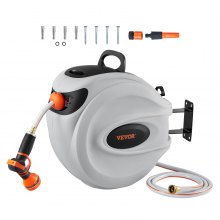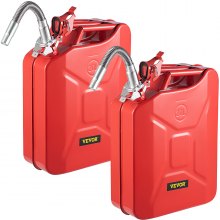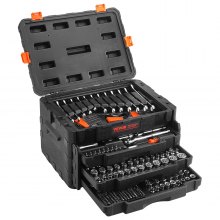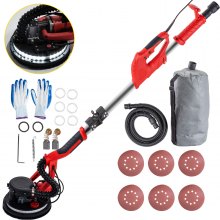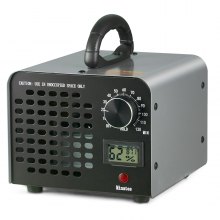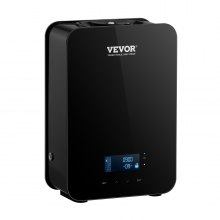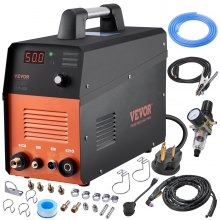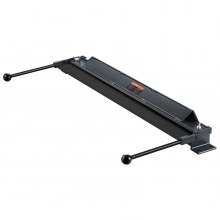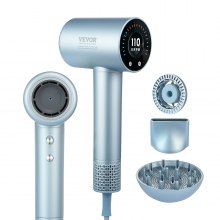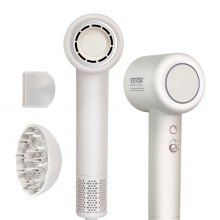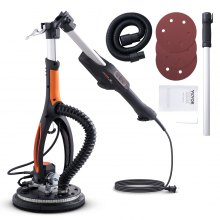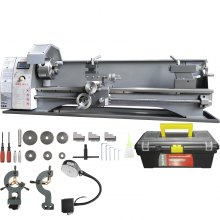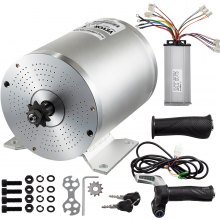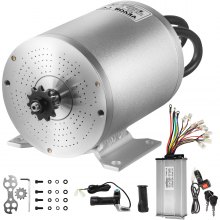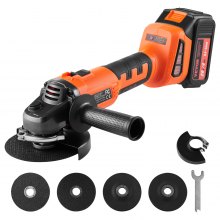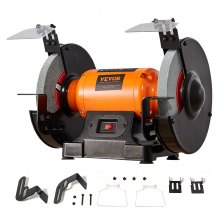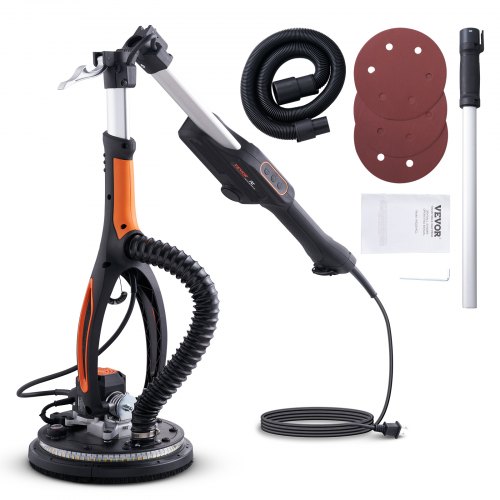Unleashing Power: Your Guide to Brushless Motors
Revolutionizing Performance
In the dynamic world of electric motors, brushless motors stand out as the pinnacle of performance and durability. Unlike their brushed counterparts, these marvels of engineering offer enhanced efficiency, reduced maintenance, and an extended lifespan, making them the go-to choice for hobbyists, professionals, and innovators alike.
The Heart of Modern Machinery
What Sets Brushless Motors Apart?
At the core, brushless motors eliminate the need for brushes in electricity conduction. This fundamental difference not only reduces mechanical wear but also significantly decreases electrical noise, resulting in a smoother operation and greater reliability over time.
The Efficiency Edge
One of the most compelling advantages of brushless motors is their exceptional efficiency. By minimizing energy loss through friction and allowing for precise speed control, they ensure that every watt of power is used effectively, translating to better performance and lower operating costs.
A Lifespan Like No Other
Durability is another hallmark of brushless motors. With fewer moving parts to wear out and no brushes to replace, these motors can last for an incredibly long time, even under the rigors of heavy use.
The Versatility to Power Your Dreams
From drones to electric vehicles, and from home appliances to industrial machinery, brushless motors' versatility is unmatched. Their ability to deliver high power, speed, and torque in a compact form factor makes them ideal for a wide range of applications.
Exploring the Mechanics
The Inner Workings
Understanding how brushless motors function sheds light on their superior performance. These motors utilize a permanent magnet rotor and an electronically controlled commutation system, allowing for more precise control and efficiency.
Speed Control and Precision
The electronic control of brushless motors enables variable speed operation, making them perfect for applications requiring precise speed adjustments. This feature is particularly beneficial in settings where the motor's speed needs to match specific operational criteria.
Selecting the Right Motor
Size and Power Considerations
Choosing the right brushless motor involves considering the size and power requirements of your project. Factors such as torque, RPM (revolutions per minute), and wattage play crucial roles in determining the most suitable motor.
Understanding Specifications
Deciphering the specifications of brushless motors is key to finding the perfect match for your needs. Terms like KV rating, which indicates the motor's speed in relation to voltage, and the number of poles, which affects torque and smoothness, are important to understand.
Integration and Installation
Wiring and Connectivity
Correctly wiring a brushless motor is essential for its operation. This process involves connecting the motor to an electronic speed controller (ESC), which manages power delivery and allows for speed adjustments.
Mounting Techniques
Securely mounting your brushless motor ensures optimal performance and longevity. The mounting process varies depending on the application but generally involves aligning the motor with its mount and securing it with screws or bolts.
Maintenance and Troubleshooting
Keeping Your Motor in Top Shape
While brushless motors require minimal maintenance, regular checks can help maintain their performance. This includes inspecting for loose connections, ensuring proper cooling, and occasionally cleaning the motor to prevent dust buildup.
Troubleshooting Common Issues
Encountering problems with brushless motors can be frustrating, but most issues can be resolved with basic troubleshooting. Common problems include overheating, unusual noises, or reduced performance, often stemming from incorrect wiring, poor ventilation, or worn-out components.
Enhancing Your Projects
Upgrades and Accessories
To further enhance the performance of your brushless motor, consider upgrading components like the ESC for better speed control or using high-quality bearings for smoother operation.
The Role of Batteries
The choice of battery is crucial in powering brushless motors, especially in portable applications. Selecting the right battery type and capacity can significantly impact the motor's performance and runtime.
Future Trends
Innovations on the Horizon
The future of brushless motors is bright, with ongoing research focused on increasing efficiency, reducing costs, and integrating smart technologies for enhanced control and diagnostics.
Sustainable Solutions
As the world moves towards greener alternatives, brushless motors are at the forefront of eco-friendly innovations. Their efficiency and durability make them an ideal choice for sustainable projects and applications.
Empower Your Projects with VEVOR
Why Choose VEVOR?
VEVOR stands as a leading provider of high-quality brushless motors, offering a wide range of options to suit various applications. With a focus on innovation, reliability, and customer satisfaction, VEVOR is your trusted partner in powering your projects to success.
Take the Next Step
Embarking on your next project with a brushless motor from VEVOR means choosing excellence. Whether you're building a high-speed drone, customizing a remote-controlled car, or upgrading an electric vehicle, VEVOR's brushless motors provide the power, precision, and performance you need.
Explore our selection today and experience the difference that a VEVOR brushless motor can make in your projects. With our commitment to quality and innovation, we're here to help you achieve your goals and bring your visions to life.
FAQs about Brushless Motors
What Makes a Brushless Motor Different from a Brushed Motor?
A brushless motor differs significantly from its brushed counterpart in its design and operation. While brushed motors use brushes and a commutator to deliver current, brushless motors eliminate these components in favor of electronic control. This change results in reduced friction, less maintenance, and a longer lifespan for the motor. Brushless motors are known for their efficiency, offering improved performance and energy savings, making them a preferred choice for many applications.
How Do Brushless Motors Work?
Brushless motors operate on a simple yet ingenious principle. They use a combination of permanent magnets on the rotor and electromagnets on the stator. Instead of using brushes to switch the magnetic field, an electronic controller switches the stator’s magnet fields in sequence to rotate the motor’s rotor. This electronic control allows for precise speed and torque control, making brushless motors highly efficient and capable of delivering significant power.
What Are the Advantages of Using a Brushless Motor?
The advantages of using a brushless motor are manifold. Firstly, their efficiency is notably higher than brushed motors, leading to less energy consumption and longer battery life in battery-powered applications. They also offer superior performance with greater torque-to-weight ratios, more reliability, less noise, and longer lifespans due to the absence of brushes that wear out. Additionally, brushless motors can be more precisely controlled, providing significant benefits for applications requiring speed and positioning accuracy.
Can Brushless Motors Be Repaired?
Yes, brushless motors can be repaired, but the complexity and cost-effectiveness of the repair depend on the issue. Simple problems like replacing worn bearings or resolving wiring issues can be easily fixed. However, repairs involving the motor's electronic components, such as the controller or internal sensors, might require specialized knowledge and equipment. In some cases, particularly with high-end motors, manufacturer support might be available for repairs. However, due to their durable design, brushless motors generally require less maintenance and are less prone to failure than brushed motors.
How Do I Choose the Right Brushless Motor for My Application?
Choosing the right brushless motor involves considering several factors specific to your application. Key considerations include the required power output, measured in watts, the torque requirements, and the operational speed (RPM). The physical size and weight of the motor may also be critical, especially in portable or compact applications. Understanding the load and the operational environment is crucial, as is considering the voltage and current requirements to ensure compatibility with your power supply or battery. Consulting with manufacturers or specialists can provide valuable guidance tailored to your specific needs.





























